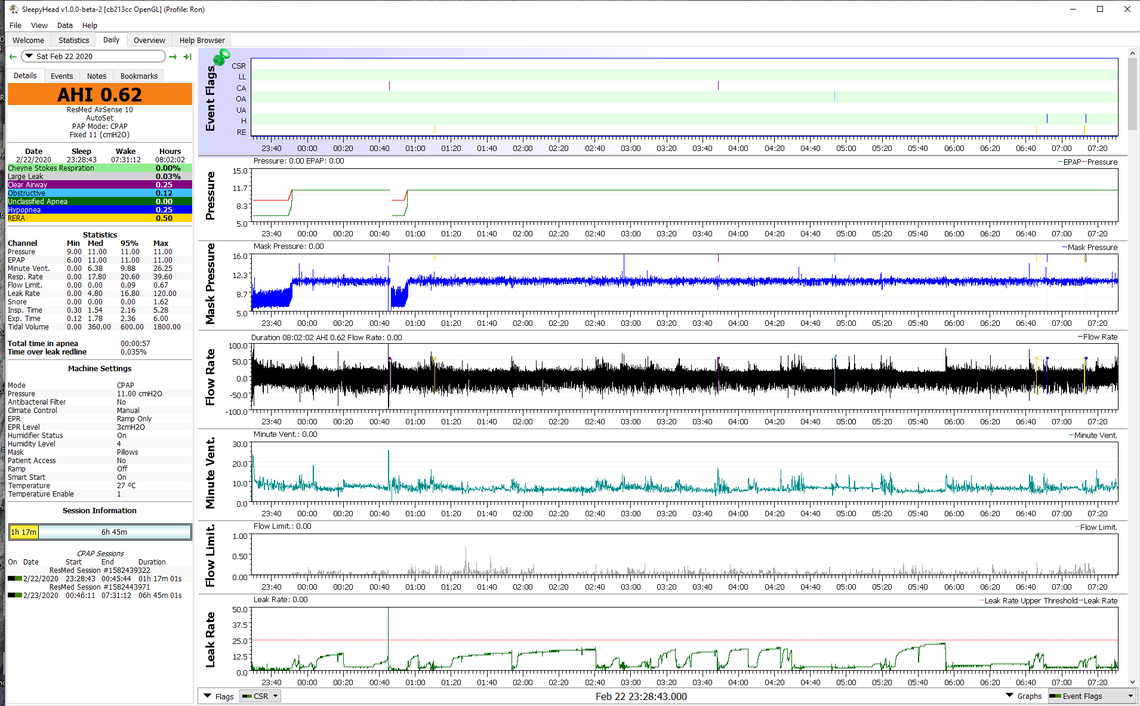I just started CPAP therapy and am having pain in my chest. I read that it takes some time to strengthen your lung muscles, due to not being used to having to exhale against the pressure of the CPAP. Any suggestions to help alleviate this pain other than NSAIDS (Aleve, ibuprofen. etc.) and ice? I'm allergic to NSAIDS, and it's difficult to ice my chest.
I'd normally use my RX topical NSAID, but that's not for use over large areas. I've also used eucalyptus essential oil, but I developed a rash. I'm not sure if that was from the eucalyptus or the oil. The only other thing I can think of is to try a muscle relaxant. Any suggestions would be appreciated.
Hi cindyg
Others will offer more specific advice regarding machine settings but, as you have only just started, you probably should go back to the provider and ask them for advice and perhaps some adjustments to the machine and headgear.
Also because you have been surviving till now without the CPAP it might be worth considering only using the machine for part of the night till you get the problem sorted.
I know what that feels like. I got a bad cold in January with a cough. I ended up coughing all night, which is a bit of a challenge with a CPAP mask on. In any case I over exerted my rib muscles and it really hurt. I did use ibuprofen which you cannot. I guess I might try acetaminophen to see if it helps.
This said, I never had that occur from simply using a CPAP. Do you know what your pressures are set at and where it goes during the night? OSCAR can help determine that.
Thanks for your support! The first night I used and Airfit N10 pillow mask, which didn't fit right (even though Airsense 10 Auto said the mask fit was good). The pressure was so high it was making my ears pop, so after about an hour of that I switched to the P10 I had used in the titration study. That's perfect for me! Also, I was sleeping on my back, but now sleeping on my side more is helping.
I feel much better using the CPAP, except on days I wake up with inflammation in my lungs. I have a call in to my Dr., but it feels like pneumonia/bronchitis/asthma. I know it is allergies, because it doesn't happen when I wash it after each use. Also, when I used apple cider vinegar and water to clean everything, the fumes seemed to calm the irritation. When it happened again this morning, I immediately went to the vinegar for relief. I don't think pneumonia or bronchitis would respond that quickly.
I primarily have hypopnea with AHI of 36 and average O2 saturation of 91, mean of 67. I'm more concerned about the O2 levels than brief lapses in breathing. Also, according to my Fitbit app, I am still waking almost as much as I was without the CPAP. I suspect there's another element at play, possibly related to my epilepsy, that we still need to figure out.
At any rate, I love my CPAP minus the allergic reactions! I'm hoping to get this figured out soon.
The AirSense 10 Auto is a good machine, and the P10 mask is good too, except for the flimsy straps that they use for headgear. If you have a PC or Mac and a SD card reader, there is a wealth of information being stored on the SD card in the machine (left side at the top behind the flex cover). With the OSCAR open source software you can view the data and find out a lot more of what is going on during the night. Here is an example from my machine. I use a fixed pressure so you don't see it going up and down during the night. In Auto mode it will control between the min and max set pressure. Once you observe what is happening there may be opportunities to reduce the pressure and still get a good AHI. In this example my hose came off just after midnight. You can see the leak rate go up, and the machine start the ramp over again. In variable pressure Auto mode there is more that can be learned by observing when events occur and what the pressure is at then they happen...
